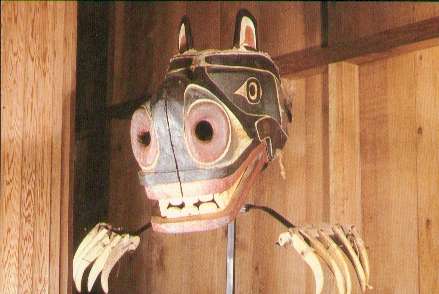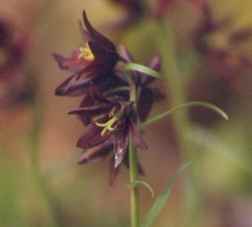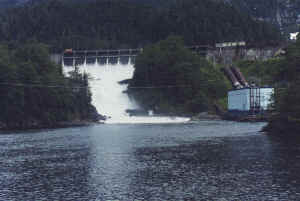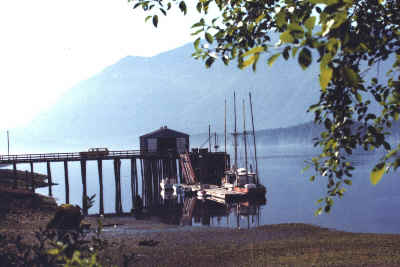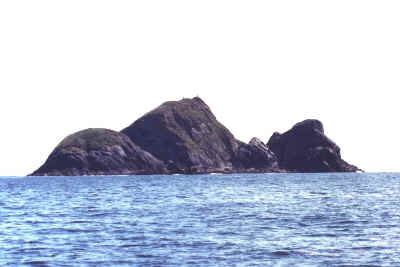The summer of 1999 was spent cruising the Northwest Coast of B. C. and the West Coast of Vancouver Island:
| After enjoying the Gulf Islands in May, stopping off to visit Paula’s Dad in Maple Bay and attending a Bluewater Cruising Association rendezvous on the May long weekend, we sailed up Georgia Strait to Gorge Harbour on Cortes Island. |
| We continued north through Surge Narrows and Upper Rapids to Johnstone Straits and an exhilarating 11 knot trip through Race Passage on our way to Port Neville and Port Harvey. We spent a good part of June here, crabbing in Cutter Cove, prawning off Broughton Island, fishing here and there (we only caught rockfish there but big ones are very tasty). |
| Port McNeill, on Vancouver Island, is a excellent place to visit for provisioning. The town marina is very well maintained and very close to several supermarkets, laundry, post office hardware and marine supplies. |
| The wind was on the beam for a leisurely reach across
Broughton Strait to Sointula, on Malcolm Island. Sointula is delightful – quiet,
serene, tidy and picturesque with its many wooden houses with Scandinavian influence. The
island was settled by Finns who intended to lead a communal existence but local conditions
and their misunderstanding of them caused their farming experiment to fail. A devastating
fire at the community centre in 1904 was the end for many and at least half the original
settlers left the island. Those who remained settled down to fishing and logging. Just south of Malcolm Island is Alert Bay on Cormorant Island. This is a reserve for the local Kwakiutl people. We were lucky enough to catch a glimpse of the inside of the new Big House (a traditional community building), which recently opened. |
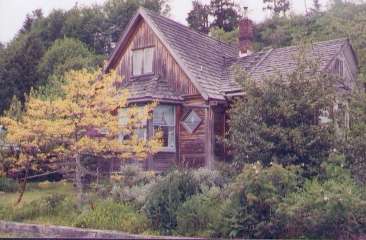 |
